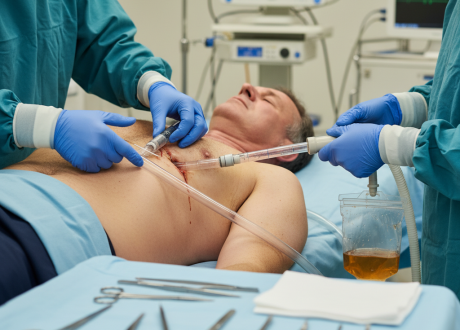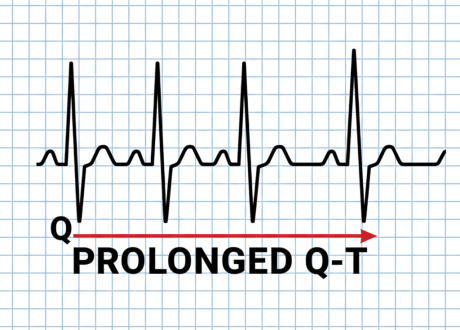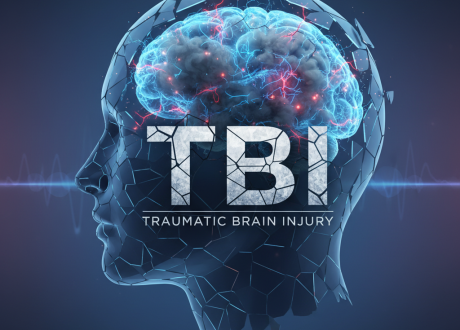Jun 12, 2023
Contributor: Travis Barlock MD
Educational Pearls
-
The QT interval represents phases 2 and 3 of ventricular plateau and repolarization, respectively.
-
As the QT interval lengthens, more sodium and calcium channels are available and susceptible to action potentials.
-
-
Prolonged QT interval is more concerning in the setting of bradycardia.
-
This scenario increases the likelihood of R on T phenomenon.
-
-
R on T phenomenon occurs due to an early afterdepolarization event in which a premature ventricular contraction (PVC) occurs during the repolarization period (superimposed on the T wave), leading to an aberrant re-entry circuit.
-
The re-entry circuit leads to Torsades de Pointes (polymorphic ventricular tachycardia with prolonged QT) and subsequent ventricular fibrillation.
-
Treatment for Torsades de Pointes is 2g MgSO4.
-
The preferred antiarrhythmic for VTach is IV lidocaine 1.5 mg/kg over 2 minutes.
-
Avoid amiodarone due to risk of further QT prolongation.
-
-
A heart rate under 80 does not need QT correction
-
Corrected QT interval is used in the setting of tachycardia due to an abnormally small T wave
-
-
Correction for the QT interval in tachycardia:
-
472 ms for males vs. 482 ms for females
-
References
1. Banai S, Schuger C, Benhorin J, Tzivoni D. Treatment of torsade de pointes with intravenous magnesium. Am J Cardiol. 1989;63(20):1539-1540. doi:10.1016/0002-9149(89)90033-7
2. Gorgels APM, Van Den Dool A, Hofs A, et al. Comparison of procainamide and lidocaine in terminating sustained monomorphic ventricular tachycardia. Am J Cardiol. 1996;78(1):43-46. doi:10.1016/S0002-9149(96)00224-X
3. Liu MB, Vandersickel N, Panfilov A V., Qu Z. R-From-T as a Common Mechanism of Arrhythmia Initiation in Long QT Syndromes. Circ Arrhythmia Electrophysiol. 2019;12(12):1-15. doi:10.1161/CIRCEP.119.007571
4. Sagie A, Larson MG, Goldberg RJ, Bengtson JR, Levy D. An improved method for adjusting the QT interval for heart rate (the Framingham Heart Study). Am J Cardiol. 1992;70(7):797-801. doi:10.1016/0002-9149(92)90562-D
5. Vandenberk B, Vandael E, Robyns T, et al. Which QT correction formulae to use for QT monitoring? J Am Heart Assoc. 2016;5(6). doi:10.1161/JAHA.116.003264
6. Zipes DP, Camm AJ, Borggrefe M, et al. ACC/AHA/ESC 2006 Guidelines for Management of Patients with Ventricular Arrhythmias and the Prevention of Sudden Cardiac Death – Executive Summary: A Report of the American College of Cardiology/American Heart Association Task Force and the European Society of Cardiology Committee for Practice Guidelines. Vol 114.; 2006. doi:10.1161/CIRCULATIONAHA.106.178104
Summarized by Jorge Chalit, OMSII | Edited by Meg Joyce & Jorge Chalit, OMSII









